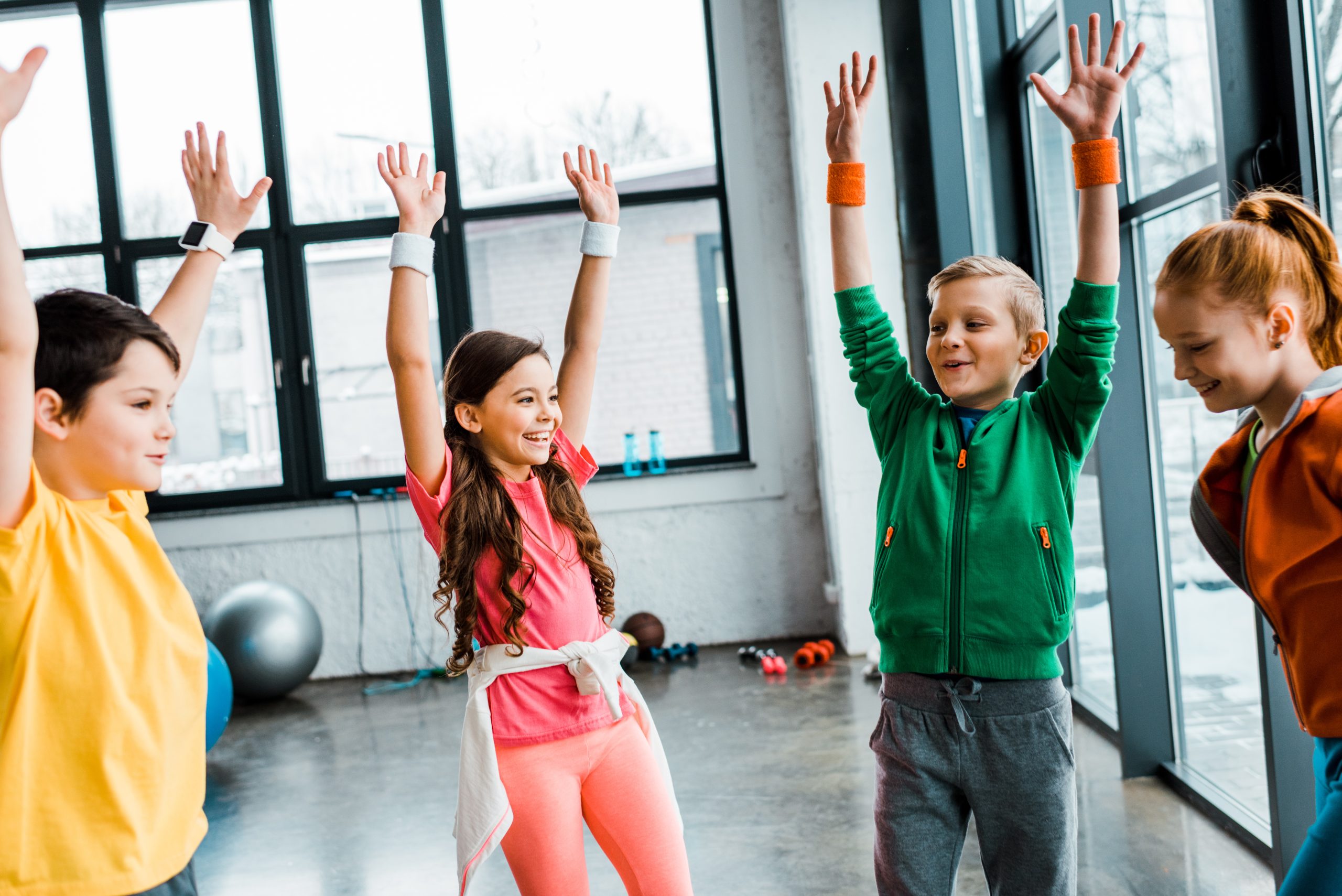 +44 07513 522 896
+44 07513 522 896
 info@ptcsports.co.uk
info@ptcsports.co.uk


Ask any parent or teacher what their biggest challenge is when it comes to learning, and the answer’s usually the same: “They just can’t sit still!” This is especially true in September when returning to school after the holidays. As adults, we experience afternoon slumps and mid-morning restlessness, and our children are the same; concentration drops, fidgeting picks up, and everyone’s attention starts to wander, which can have major implications for learning.
Although research suggests primary-aged children can focus for around 12 to 30 minutes, depending on their age, many UK teachers now say they’re planning activities in chunks of less than 10 minutes to keep attention levels high, especially since the pandemic. With over 12 years of experience, we now have tried and tested techniques for improving attention both in sport and the classroom.
Here is how to boost focus in children in the classroom and beyond. We call it micro-movement, and it’s a game-changer.
So, what is micro-movement?
Micro-movement is exactly what it sounds like: short bursts of movement built into regular intervals in the day. We’re not talking about full PE lessons — just a few minutes of activity and movement to reset, refocus, and release some of that built-up energy.
Micro-movement can look like a quick stretch, a jumping jack challenge, a short dance routine, or even just standing up and shaking it out for 30 seconds. No equipment needed and no hall booking required. Just something simple to give pupils a quick mental and physical break — and it works every time.
Why Micro-movement Matters
We know that physical activity helps kids in loads of ways — from boosting mood to supporting behaviour — but not every child is hitting the recommended 60 minutes a day. And during term time, they’re spending a lot of hours sitting still.
Micro-movement breaks help to change that. They:
• Improve focus
• Support emotional regulation
• Boost classroom engagement
• Reduce low-level disruptions
• Make learning feel more fun
The Youth Sport Trust and Sport England are both pushing schools to weave more movement into the day, not just for fitness, but for learning outcomes too. Plus, these breaks play a vital role in supporting neurodiversity, benefiting many children who experience challenges with attention and self-regulation.
How to Incorporate Micro-Movement into the School Day
At PTC Sports, we help schools make these breaks part of their day without adding stress or workload. We bring fresh ideas, tried-and-tested routines, and loads of energy to get things moving — literally.
Some of our favourite activities:
We build them into clubs, lunchtime activities, and even curriculum sessions when schools need extra support.
It’s not just good for pupils…
Teachers often tell us these quick sessions help them just as much as the kids. You get a moment to reset the room, re-engage the class, and bring the energy back without losing momentum.
And if your staff could do with their own boost? We’ve got that covered too — from Clubbercise™ to wellbeing fitness sessions just for the team.
Want to give it a go?
If your school is aiming to improve learning and bring more energy and focus into the day, PTC Sports is here to help. Whether it’s building movement into existing routines, launching new lunchtime clubs, or adding variety to your PE offer, we’ve got the ideas, the team, and the experience.
Let’s make movement part of the day, not just PE time.